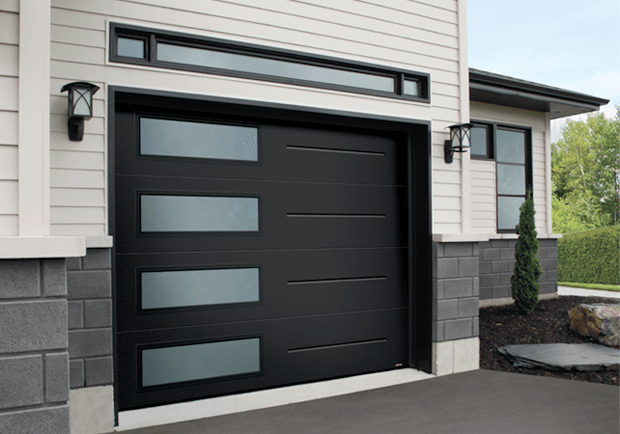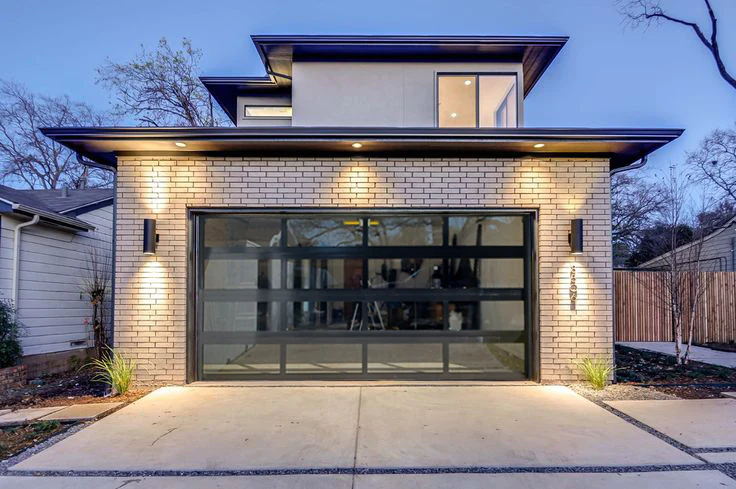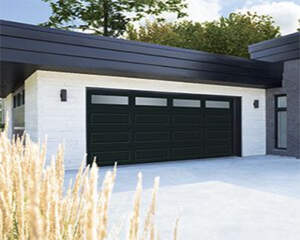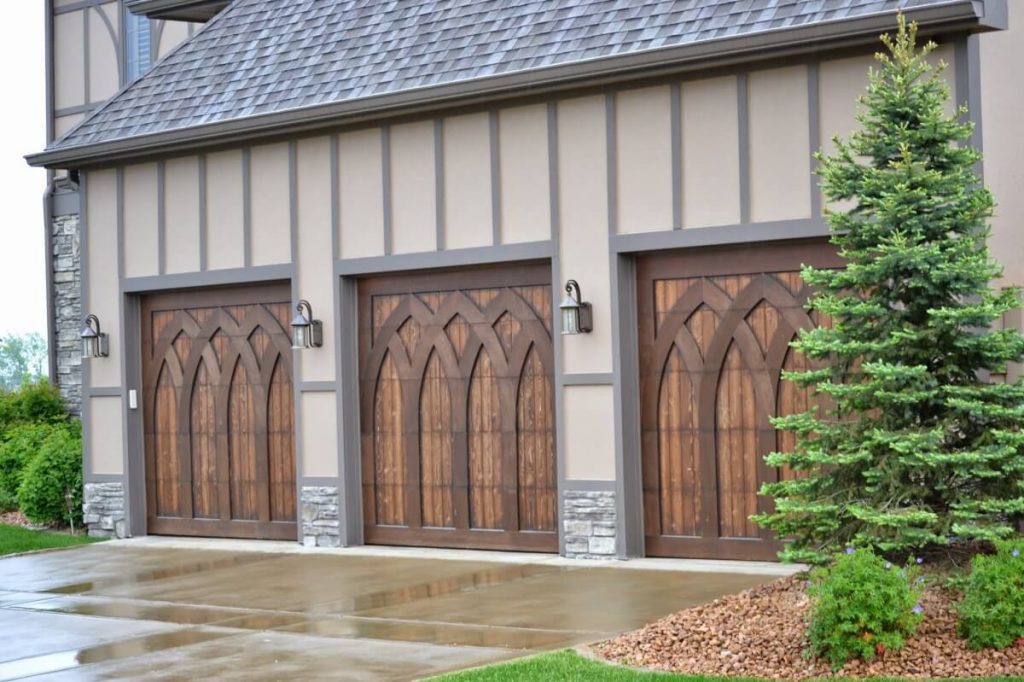As the automobile industry began to boom in the early 20th century, people needed a new way to store their cars safely and efficiently. Traditional barn or carriage house doors were inconvenient and insecure, leading to the development of a new method. In 1921, C.G. Johnson introduced the upward-acting, sectional garage door to America, revolutionizing how people stored their cars. Made with hinged panels that could bend as the door lifted, this new invention was a vast improvement over the old carriage house doors.
Johnson partnered with Owen Dautrick to start the Dautrick-Johnson Manufacturing Company and began producing the first upward-lifting garage door. After acquiring a patent for the automatic opener, Johnson and his wife toured the country with a miniature garage door mounted on the back of a Model T Ford truck, signing up dealers.
By the 1930s, architects began designing homes with garages attached, making garages as convenient as possible. After World War II, garages grew to accommodate multiple larger vehicles, and by the 1960s, having a garage with an electric opener was the norm. Throughout most of the 20th century, garage doors were made of wood, but the 1970s brought a material shift. Steel, aluminum, fiberglass, and other materials were used to create new door styles and materials, which led to the unmatched options home and business owners enjoy today.
Steel garage doors dominated the industry by the end of the century, and homeowners were introduced to a new innovative combo offered by many manufacturers – the look of wood combined with the durability of steel. Today, the carriage house style has returned with its barn-style doors and classic charm. Thanks to insulation options, garage doors offer more protection and look better.
The transformation from converted carriage houses into the garages we see today has a long history. Garages have gone through various eras and changes as society developed, with the needs of people being met through these modifications, such as storage for auto mechanic tools and other needs. The technological and social trends throughout time influenced the evolution of garages to the extent that they have now become an integral part of our daily lives.





